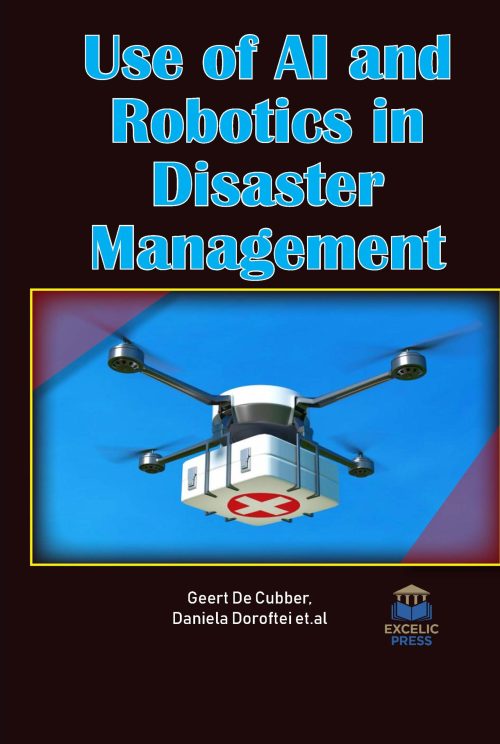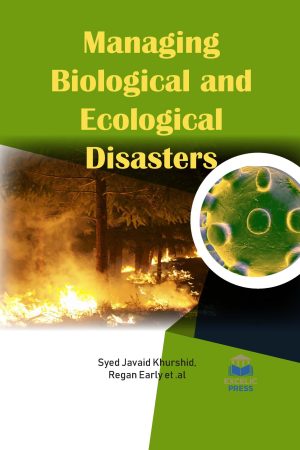Description
Human life is at risk as a result of human actions and natural disasters. Natural disasters are imminent and it is almost difficult to recover completely from the damage caused. It is well recognized that natural disasters are affecting both developed and developing nations, causing immense damage and causing human misery and negative impacts on national economies. Sudden natural disasters are also believed to cause not only widespread death but also major social devastation and outbreaks of infectious disease and starvation, leaving survivors completely dependent on outside aid. However, it is not possible to prevent natural disasters in their entirety, but damage and future threats can be reduced by designing disaster early warning measures, disaster preparedness, disaster recovery through the use of various technological resources, planning and implementing development plans to provide resilience to these disasters and to assist in the reconstruction and post-disaster response. Technology has become a solution to many longstanding issues, and while current technologies may be successful, they are far from completely solving the nuanced, complex, challenging, and daunting tasks connected with disaster missions and risky interventions. It is not enough to use ICT only in the process of disaster management, as the current and future period of innovation in Artificial Intelligence. It is also important to use artificial intelligence in the process of disaster management to reduce the loss of human life and also to save time by using robots, drones, sensors, etc.
Modern search and rescue workers are equipped with a powerful toolkit to address natural and man-made disasters. The first chapter, in this book, presents an introductory overview of how a new tool can be added to this toolkit: robots. The use of robotic assets in search and rescue operations is explained and an overview is given of the worldwide efforts to incorporate robotic tools in search and rescue operations. The second chapter categorizes the source of disasters and associated missions and highlights the needs for suitable and reliable technology and technical and functional requirements of robotic systems to fulfill task objectives.
Additionally, the book presents up-to-date coverage on unmanned aerial systems; UAV- based photogrammetry and computing for hazards and disaster risk monitoring; unmanned ground robots for rescue tasks; crisis analytics: big data-driven crisis response; towards gas discrimination and mapping in emergency response scenarios using a mobile robot with an electronic nose; a survey on robot-assisted crowd evacuation under emergency situations; improved Bayesian network-based risk model and its application in disaster risk assessment; command and control systems for search and rescue robots; and overcoming data scarcity in flood hazard assessment using remote sensing and artificial neural network. Finally, the book describes how the different ICARUS unmanned search and rescue tools have been evaluated and validated using operational benchmarking techniques.


